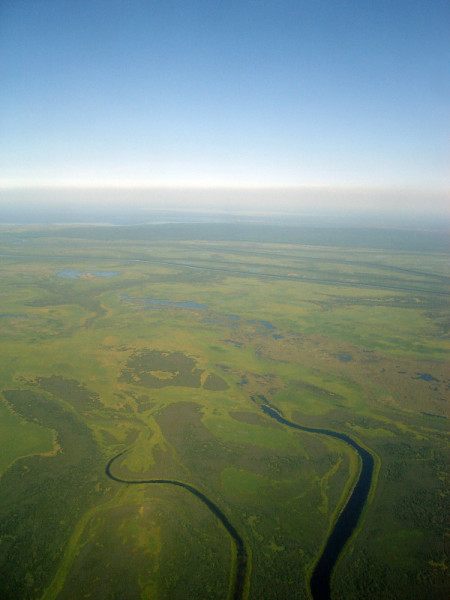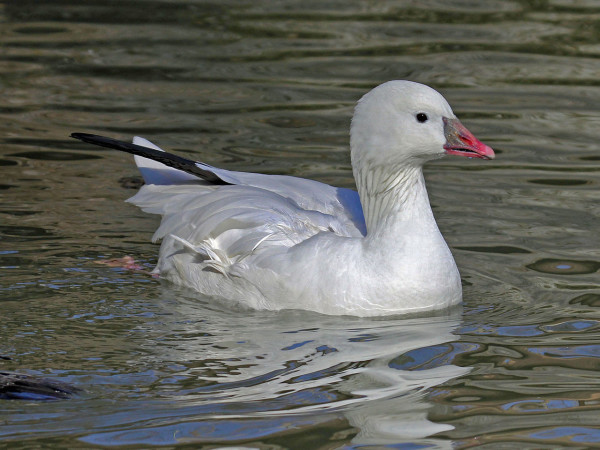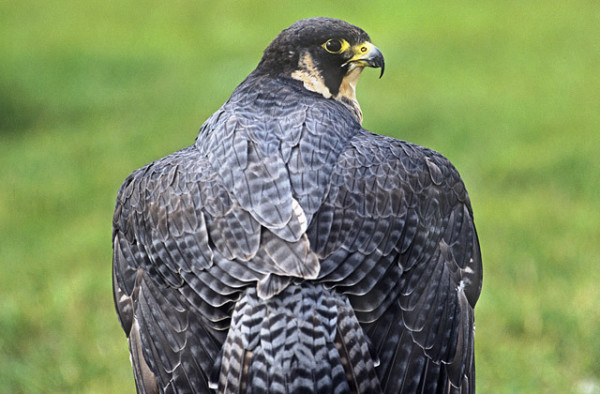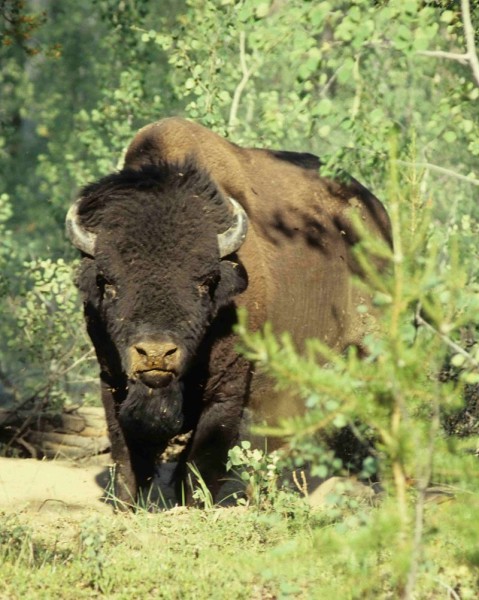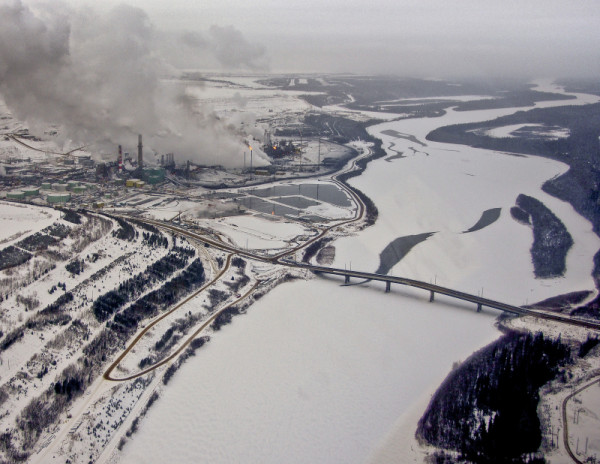Five reasons we need to protect the Peace-Athabasca watershed
It’s WWF Water Wednesday, when Love Nature explores the unique characteristics, natural history, environmental challenges and threats of Canadian waters. Tune in to Love Nature on television every Wednesday at 8 p.m. ET/PT for WWF Water Wednesdays to learn more about other amazing watery environments found around the world.
The Peace-Athabasca watershed is one of the largest inland deltas in the world. The wetland is home to more than 40 mammals and 20 species of fish, but it’s most recognized as an important nesting and staging ground for hundreds of bird species.
If that’s not enough to convince you of its significance, here are five more reasons we need to protect the Peace-Athabasca watershed.
1. It contains the world’s largest inland delta
The rivers, lakes, channels, and marshes that make up the Peace-Athabasca Delta total 6,000 square kilometres. That’s more than seven times the size of the city of Calgary, which is only 835 square kilometres. It makes the Peace-Athabasca one of the biggest inland deltas in the world.
2. Up to one million birds pass through the delta in autumn
As one of the most important nesting and staging areas for waterfowl in North America, the Peace-Athabasca Delta is a birdwatcher’s delight. In the spring, up to 400,000 birds pass through the area, and in the spring and fall that number can jump to as high as one million. Tundra swans, snow geese, and the rare Ross’s goose are just a few of the species the wetland supports.
3. Some of those birds are endangered
The delta provides a vital nesting spot for the peregrine falcon, which has been identified as a species at risk in Canada. This bird of prey is extremely sensitive to chemical pollutants such as organochlorine pesticides, which is one of the reasons for its historical decline. But this bird isn’t the only at-risk species you’ll find at the delta — it’s also home to the world’s last wild migratory flock of whooping cranes.
4. The Peace-Athabasca Delta is recognized internationally
In 1982, the Peace-Athabasca Delta was recognized by the Ramsar Convention as a “Wetland of International Significance,” alongside more than 2,000 waterways around the world. It was deemed significant for its ability to support hundreds of bird species, some of which are species at risk, and a healthy bison population. In fact, the site contains some of the largest undisturbed grass and sedge meadows in North America, making it home to thousands of wood bison.
5. The Athabasca River runs through the oil sands
The Athabasca River, one of the defining rivers in the watershed, originates from a glacier in the Columbia Icefield, running 1,538 kilometres northeast to where it drains into the Peace-Athabasca Delta. While the upper region of the river is protected in Jasper National Park, the lower Athabasca isn’t as lucky. Before reaching the delta, the river supports one of the largest industrial outputs in the country – the oil sands — raising the risk to the health of the river.
Written by Jenna Wootton
To discover more about Canada’s amazing waterways, and the threats facing them check out: watershedreports.wwf.ca
Tune in every Wednesday at 8 p.m. ET/PT for WWF Water Wednesdays on Love Nature to learn more about current water conservation issues from around the world.

